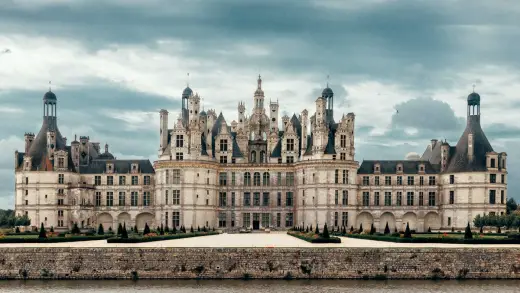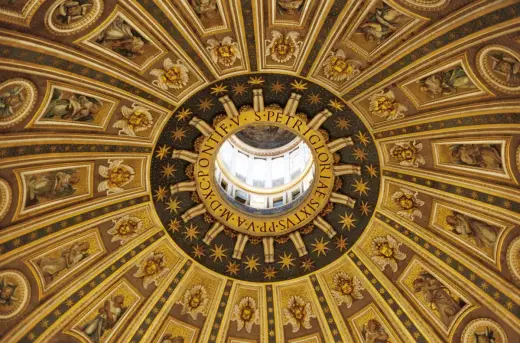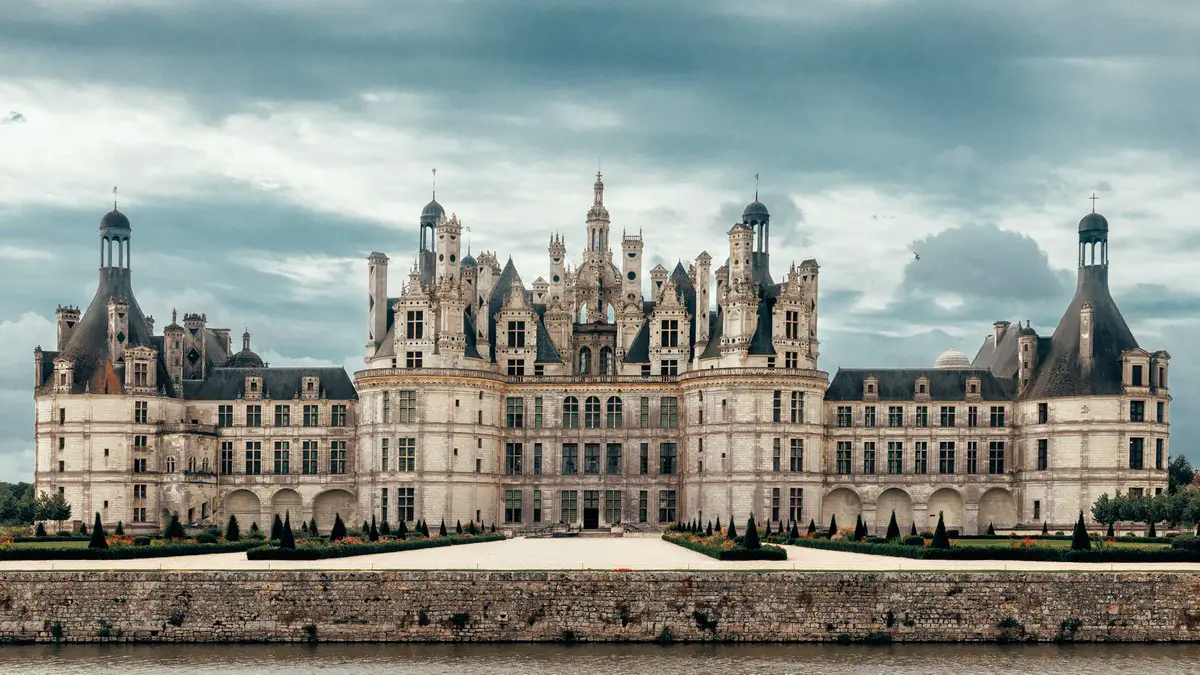The beauty of Renaissance Architecture guide, France country homes, Online 15th and 17th property in Europe
The Beauty of Renaissance Architecture
17 November 2021
Le Château de Chambord is a fine example of Renaissance architecture in France:

photo : Wilfried Santer on Unsplash
The Beauty of Renaissance Architecture in Europe
Renaissance architecture encompasses the plethora of magnificent buildings created between the early 15th and 17th centuries. The stunning structures of the Renaissance period emerged after the Gothic architecture era and preceded the theatrical Baroque style. First appearing in Florence, the distinct aesthetic of Italian Renaissance design could soon be found all over Europe.
One of the greatest attributes of Renaissance buildings is their ability to transcend architectural fashions. Their classical Roman characteristics and distinguishing columns and facades stand out starkly against the clean lines of today’s modern architecture. This is one of the reasons why Renaissance architecture is still revered the world over today. From Russia and Italy to France and England, Renaissance influenced buildings can be found in almost every major city. Here are some of the most notable examples.
Biblioteca Marciana, Venice
Completed in 1564, the Biblioteca Marciana, also known as the Sansovino Library, is a truly stunning example of a Renaissance building. Designed in a Renaissance style with an unmistakably Venetian twist by architect Jacopo Sansovino, the library is a symbol of Classical knowledge and learning. The building is the embodiment of symmetry and is embellished with towering obelisks and intricately detailed statues, drawing visitors to admire its beauty and longevity.
La Château de Chambord, France
One of the most recognised châteaux in the world, La Châteaux de Chambord in France is a stunning blend of French Renaissance architecture and traditional French medieval techniques. Designed by Italian architect Domenico da Cortona and constructed by Francis I over the period 1519 – 1547, the building was never actually fully completed despite being a prominent symbol of wealth and power. Receiving in the region of a million visitors a year, the château is a hugely popular tourist destination to this day and so is well maintained to avoid the building falling into disrepair.
Dome of St. Peter’s Basilica, Rome, Italy:

photo : Oli from Pexels
Palazzo Medici, Florence
Commissioned by Cosimo de Medici and designed and built by Michelozzo di Bartolomeo, the Palazzo Medici was constructed between 1444 and 1484. Famous for its exceptional stone masonry, this palace is often touted as a true piece of Renaissance architecture as it so accurately demonstrates the rationality, order, and classicism of that era. The palace houses the Cappella de Magi (Chapel of the Magi), which is an exquisitely designed centrepiece of this building. Not only is the palace a stunning example of Renaissance architecture but it also hosts art exhibitions throughout the year, making it the perfect destination for art lovers and architectural enthusiasts alike.
Ca’ Vendramin Calergi, Venice
Built in the 15th and 16th centuries by the Italian architect Mauro Codussi, this palace is a jewel in the crown of Venice. Filled with opulent chandeliers, intricately-detailed frescos, and stunning culptures, the Ca’ Vendramin Calergi palace hosted the Theatre Saint Moses. However, these days it is home to the oldest casino in the world. The Casino di Venezia originally opened its doors in 1638 in a different building and then moved into the gorgeous, newly refurbished Renaissance palace in the 1950s, where it has resided ever since. The building also features the Wagner Museum in honour of the German composer who resided here until his death.
Kronburg Castle, Denmark
Built in 1574 by King Frederick II on the site of an existing castle, Kronburg Castle was largely destroyed by a huge fire in 1629. However, it was painstakingly reconstructed almost precisely as it was before. Extensive and opulent, the architecture of this building is uniquely imaginative and has survived several alterations since its reconstruction. It is carefully managed by the Ministry of Culture to avoid decay, fire damage, or erosion, so that generations to come can appreciate the beauty of its design and construction.
Renaissance architecture may have been founded in Italy, but the impact of the theatrical design spread all over the world and can still be found influencing architects to this day; a perfect example of the lasting legacy of good design.
Comments on this guide to Beauty of Renaissance Architecture article are welcome.
Glasgow Building Designs
Glasgow Architecture Designs – architectural selection below:
Comments / photos for the Beauty of Renaissance Architecture page welcome.



